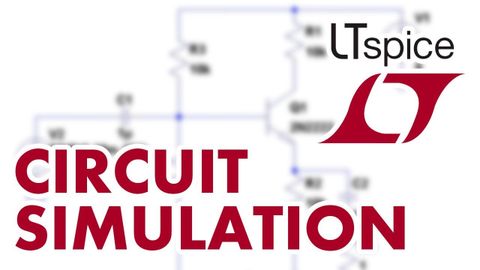
字幕と単語
LTSpiceでの回路シミュレーション パート3/3 (Circuit simulation in LTSpice part 3/3)
00
蔡沛耕 が 2021 年 01 月 14 日 に投稿保存
動画の中の単語
ground
US /ɡraʊnd/
・
UK /graʊnd/
- v.t.挽く;研いだ;軋む;外出禁止にする;(飛行機を)離陸させない;挽いた;基づく;訓練する
- v.i.ギシギシさせた;地面に当たる : 底に達する;(船が)座礁する
- n. (c./u.)接地;競技場;地面;敷地;理由;コーヒー粉
A1 初級
もっと見る signal
US /ˈsɪɡnəl/
・
UK /'sɪɡnəl/
- v.t./i.物事が起こる前兆となる合図があらわれる;合図を出す
- n. (c./u.)信号、証拠、しるし;合図;合図;信号機;信号
- adj.際立った : 目立つ : 顕著な
A2 初級
もっと見る run
US /rʌn/
・
UK /rʌn/
- v.i.(車 : 列車 : 船などが予定通り)出発する : 運行する;(エンジンが)動く : 作動する;(液体がある方向に)流れる : 下る;(道が)通る : 続く : のびる;走る
- v.t.(動物を)走らせる;(コンピュータを)起動する : 運用する;運営する;動かす : 運転する
- n.(船や車などによる)旅 : 旅程;連続 : 続き;走ること : 走行;得点(野球);経営;公演期間;伝線;魚の群れ;ゲレンデ
A1 初級TOEIC
もっと見る エネルギーを使用
すべての単語を解除
発音・解説・フィルター機能を解除
